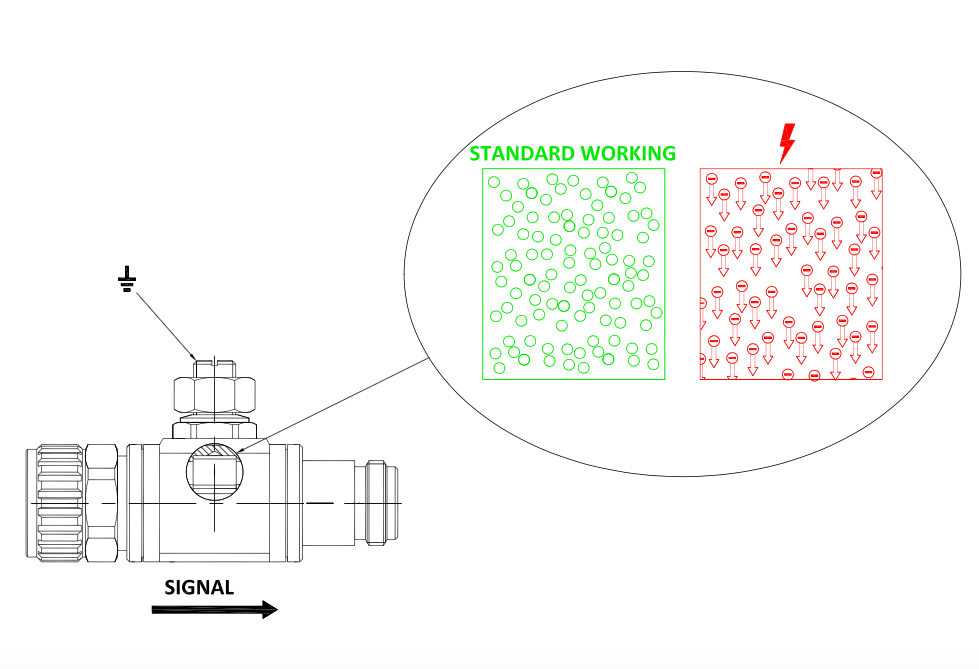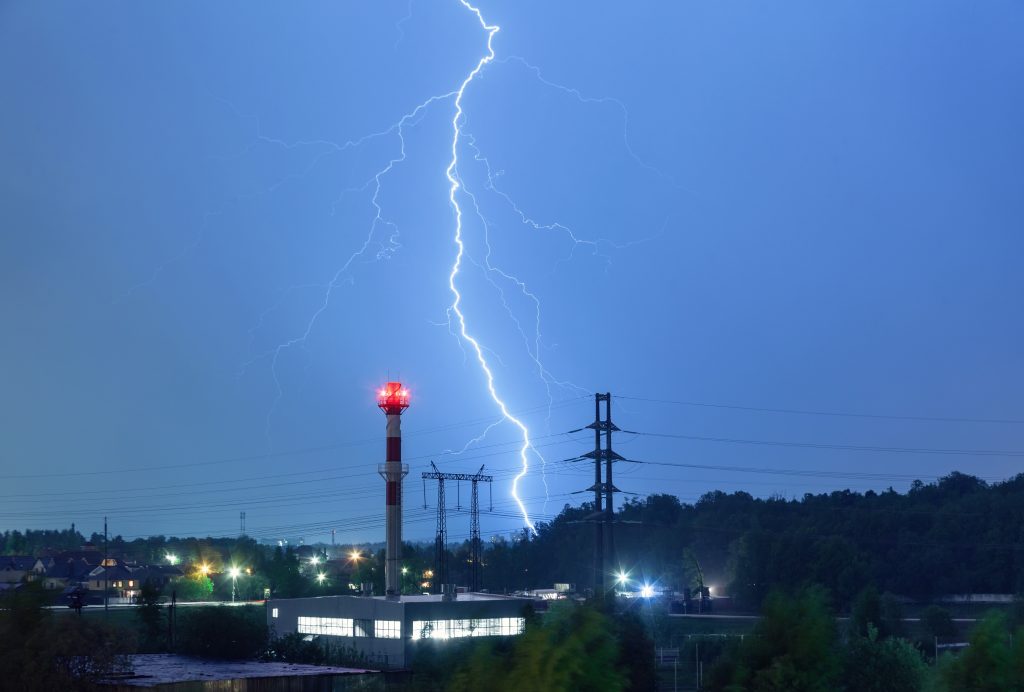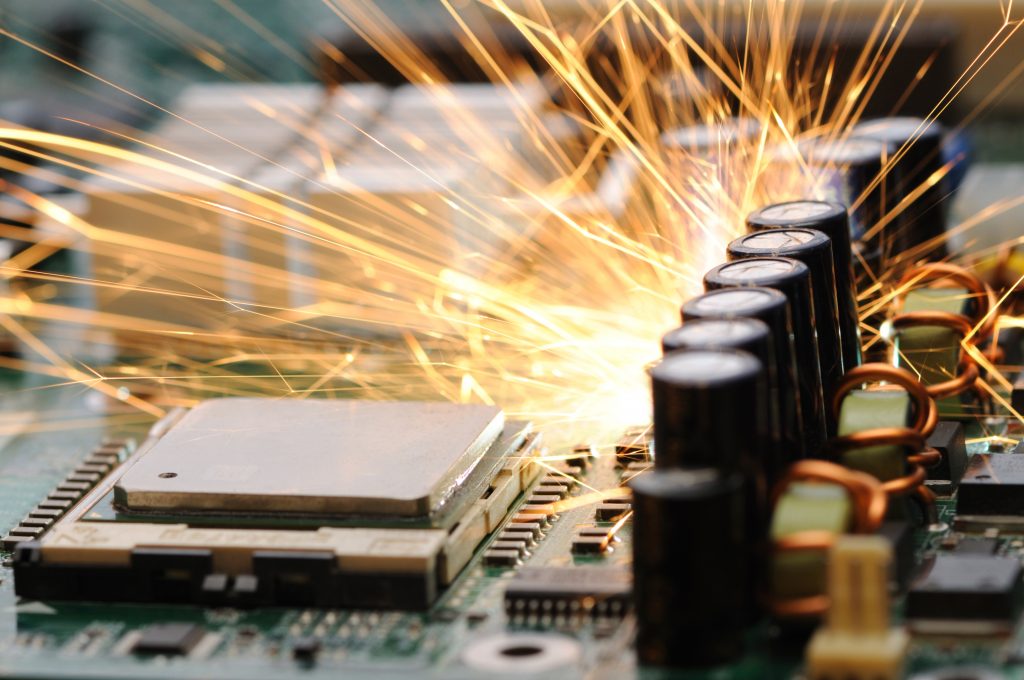On many occasions, we have systems exposed to electrical weather conditions, such as nearby lightning strikes, or simply surges or overcurrents that can be induced into the main line due to the switching of nearby electrical circuits by means of an antenna or any other conductive element.
Unwanted spurious signals are not always generated by extraordinary elements, but can be caused by everyday elements such as the operation of electric motors or low-frequency electrical systems. The proximity of these interferences to our equipment can cause unwanted transients to penetrate our circuit and cause damage.
The overvoltage
An overvoltage or overcurrent in an unprotected system can cause it to momentarily cease to function. In the worst case, it can completely ruin an electronic system, not only causing serious damage to its structure, but also interruption of service, damage to software or loss of data, among many others.
To minimise the impact of these unwanted signals on our equipment, ALFA’R has a family of arrester products that protect equipment from such interference.
ALFA’R surge and overcurrent arresters are constructed by means of a gas element, consisting of a diversion to ground of the active element which is only activated at the moment when such an unwanted high current or voltage transient occurs.
Gas discharge technology

They are manufactured with gas discharge technology. The gas discharge tube consists of two electrodes enclosed in a completely sealed ceramic tube in which a mixture of noble gases suitable for effective operation is introduced. When this unwanted signal appears, the gas ionises, becoming sensitively conductive and diverting the unwanted signal to ground. The upward slope of the transient is usually very high (a few µs) and the downward slope is slow, of around hundreds of µs. Therefore, the ionisation of the gas must be fast in order to achieve a fast bypass that does not affect the circuit beyond the protective element.
The great advantage of ALFA’R devices is that, once the oversignal has disappeared, the gas quickly returns to its original state so that the diversion to ground disappears with a resistance of tens of GΩ, without affecting the normal operation of the installation in any way, and the signal is transferred unaltered to its destination.
The useful life of the discharge tube allows for a multitude of diversion manoeuvres. It is only rendered inoperative if the breakdown voltage or breakdown current is exceeded, e.g. in the event of a lightning strike directly on the device. In this case, it can be replaced by a new one, which can be purchased as a spare part. With a simple maintenance procedure, in a few minutes the device is operational again.
They are passive elements that do not require any power supply and can be installed in vehicles.
The design

Special care has been taken in the design so that, in normal operation, they can maintain the characteristic impedance, normally at 50 Ω, and thus be used at high frequencies without a significant increase in the VSWR or insertion loss.
There are available versions for coaxial connectors of the 7/16, N, TNC, BNC, UHF or F series, among others, with male or female connectors.
The earth connection is made by means of an M8 threaded connection to the chassis.

More Information



